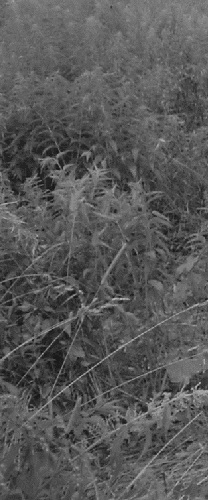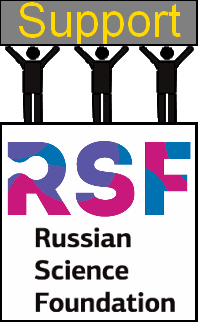General information on the Cladocera
Water fleas (Crustacea: Cladocera) are among most common animals in the plankton, benthos and neuston of continental water bodies of any types, and on all continents (including the Antarctic). About 750 species of the Cladocera are known to date, they belong to four recent orders: Anomopoda Sars, 1865; Ctenopoda Sars, 1865, Haplopoda Sars, 1865 и Onychopoda Sars, 1865. The majority of the cladocerans (more than 600 species) belong to the order Anomopoda (see Kotov, 2013). Cladocerans inhabit rivers, freshwater and saline (even hypersaline) lakes, different types of pools, puddles, ground waters, caves, water within the leafs of the bromeliads, and even a thin layer of water on the surface of mosses in some topical mountain wet forest. At the same time, these crustaceans are almost fully absent in the Open Ocean, penetrating only some seas with a desalted water.
Cladocerans are a very important part of freshwater ecosystems, being primary consumers of the organic matter produced by algae; they are an important food source for different fish species and some invertebrate predators. Cladocerans have a very important practical significance as a feed for fish, artificially producing at fish factories. Cladocerans, filtering lake water, are important for the water cleaning from some pollutants (Korochinsky, 2004). Some species of the Cladocera are conventional test-objects in toxicological studies. Study of the cladoceran remains in water sediments allows to make some conclusions on the past of water bodies. Cladocerans are widely distributed and easily cultivated, which made them (since the beginning of the 20th century) very popular objects for genetic investigations (Behning, 1941), and then - models for study of many other questions of evolutionary biology, physiology and ecology. Sometimes these investigations are conducted using most recent methods of different sciences (Lampert, 2011; Smirnov, 2013).



